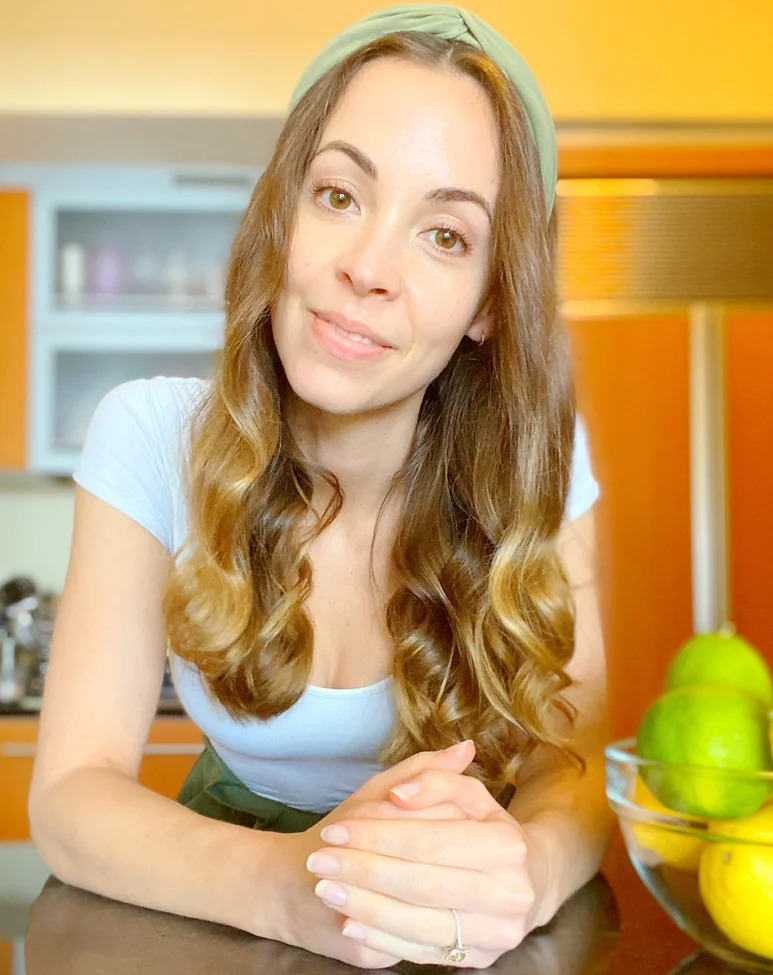
The 7 Central Movements

Learn More Exercises: The 7 Central Movements
Expanding your exercise library is important as a fitness professional. There is no better way to do that than to first understand the 7 central movements. You need to stay creative for your clients. It is important you also learn to quickly think of exercises that help you crush your fitness interviews.
The 7 Central Movements help with:
- Quick Recall List
- In Depth Understanding of Positioning
- Variety in programming
Developing the skillset to properly program workouts is something that comes with time. Using the following tricks can expedite that learning curve and help with expanding your options.
Understand and brand the 7 central movements deep into your brain so that you never forget them. This will ensure that you never run out of creative exercises to offer your clients.
I will also go over DOTS. My acronym to give you endless exercises by changing the following variables: Duration, Object, Tempo, Stability.
(If you are new to Personal Training or an Online Personal Trainer do not be overwhelmed by some of the more kinesiology based terms. Simply understanding the pictured movements allows you to be creative, and learning the physiology can come at a later time.)
Plank
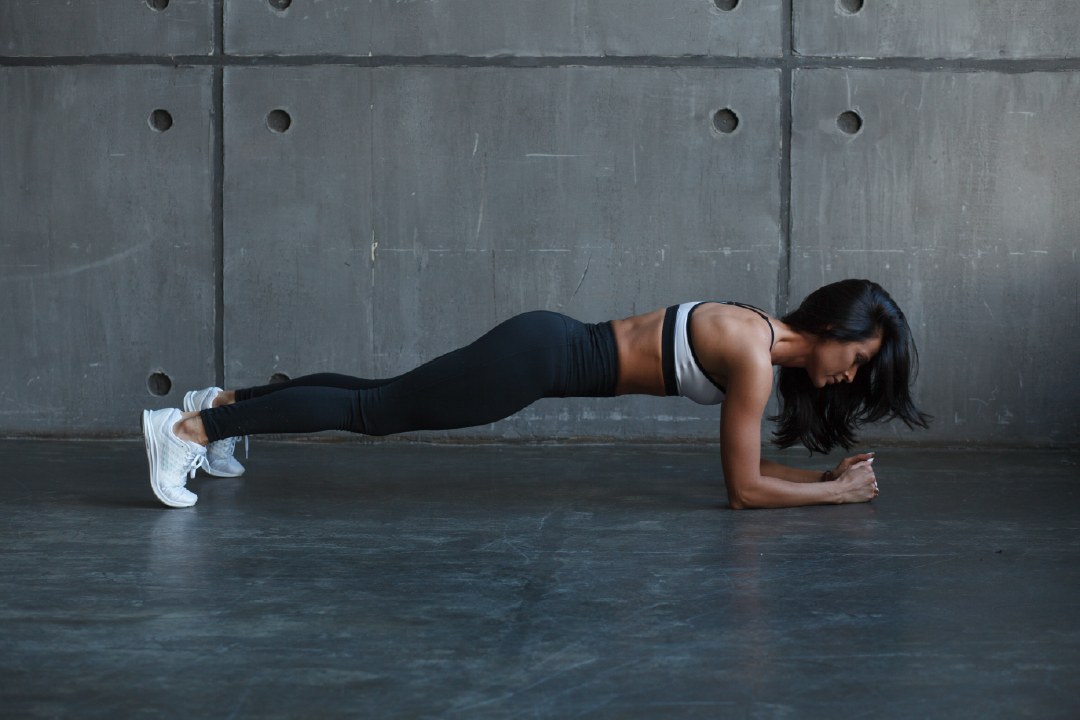
Neutral spine, level pelvis, alignment of ears, shoulders, hips, knees, and ankles. Everything is stable, and nothing is mobile in a standard plank.
The focus is on maintaining tension while keeping stable.
Core strength is the primary here, and it translates to almost any exercise or activity. It is the basis and bedrock strength for all over exercises to be done correctly without compensation or synergistic dominance.
Push
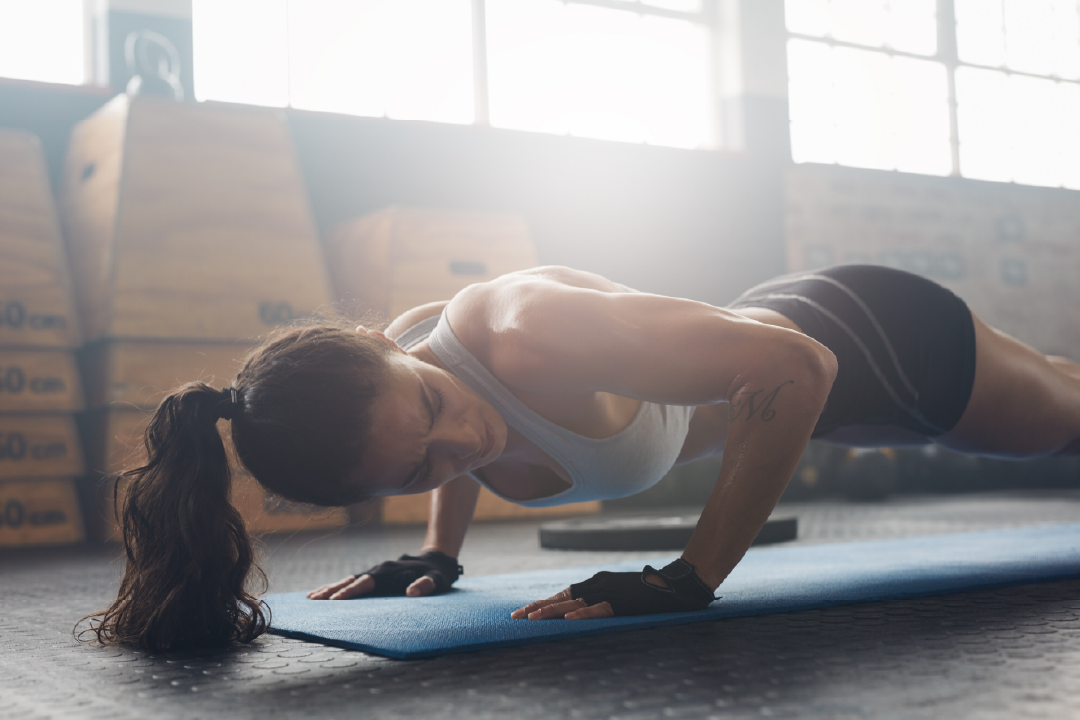
Proper alignment of scapulohumeral (shoulder blade & arm) ensuring optimal positioning for pushing force. Core activation and proper alignment of the spine are vital here. Keep the lower body stable as you move the object(s) away from center mass.
Also known as pressing, the shoulders, chest, and triceps are the main muscles activated here while your core is braced and the movement occurs.
Pull
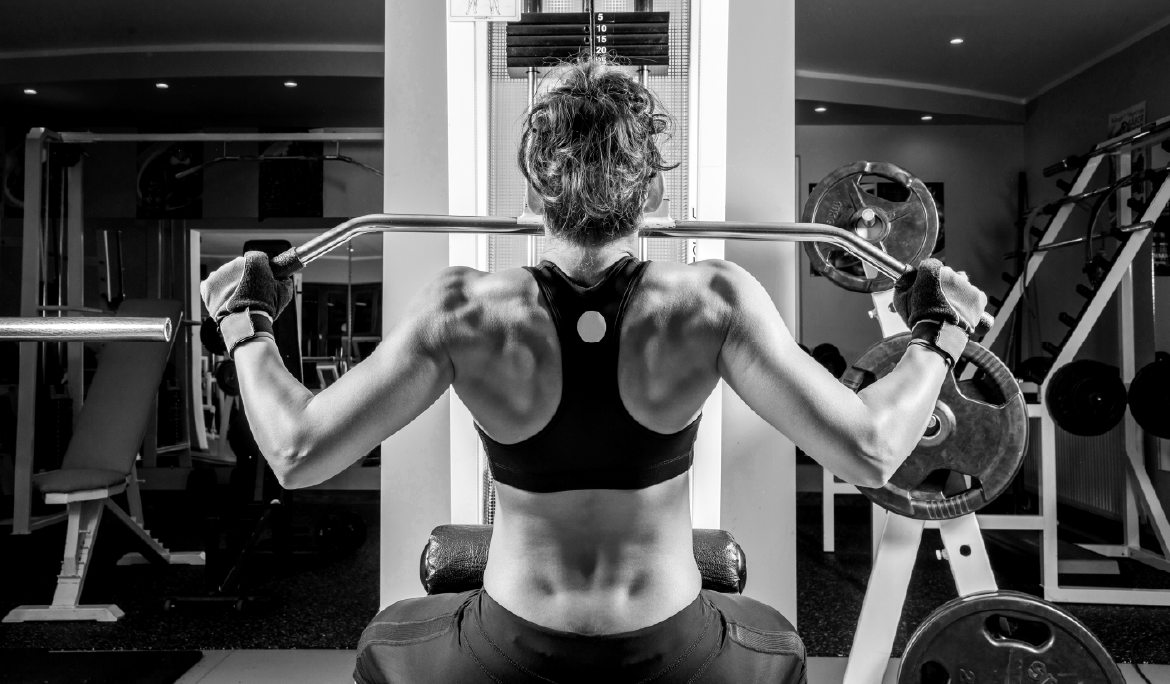
Holding a neutral spine while bracing your core is what is called an “active plank”. Maintain that position while moving the objects(s) toward your center mass. Keeping a consistent speed, and focusing typically in scapular retraction and depression (shoulder blade squeezed, lowered).
Pulling emphasizes larger back muscles as the prime movers, and uses the arms (such as the biceps) and the smaller muscles in the back (such as the rhomboids) as synergists.
Lunge
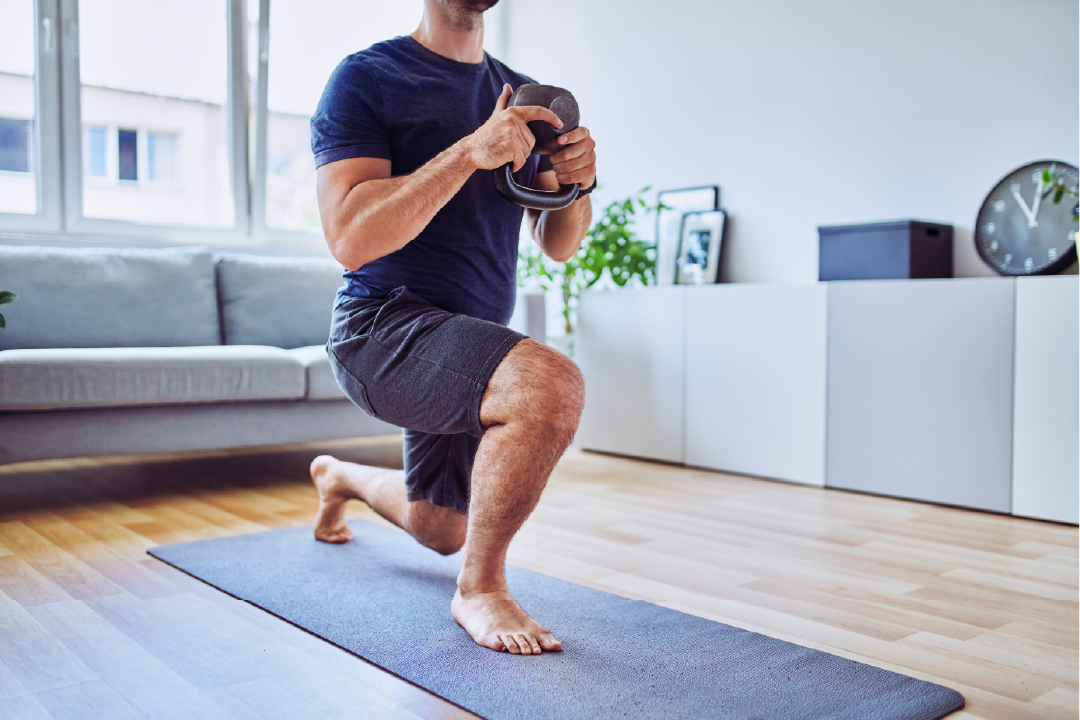
Front foot flat, rear foot using the ball of foot to stabilize while maintaining a tall spine. 90 degree angles for both legs. Rear leg shin parallel to ground. Front knee directly over ankle, and back knee directly under hip.
Emphasis on equal weight distribution, and tall stable spine and mobile knees, ankles, and hips.
Glute, quad, and hamstring activation. Bipedal motion mimics walking and running.
Squat
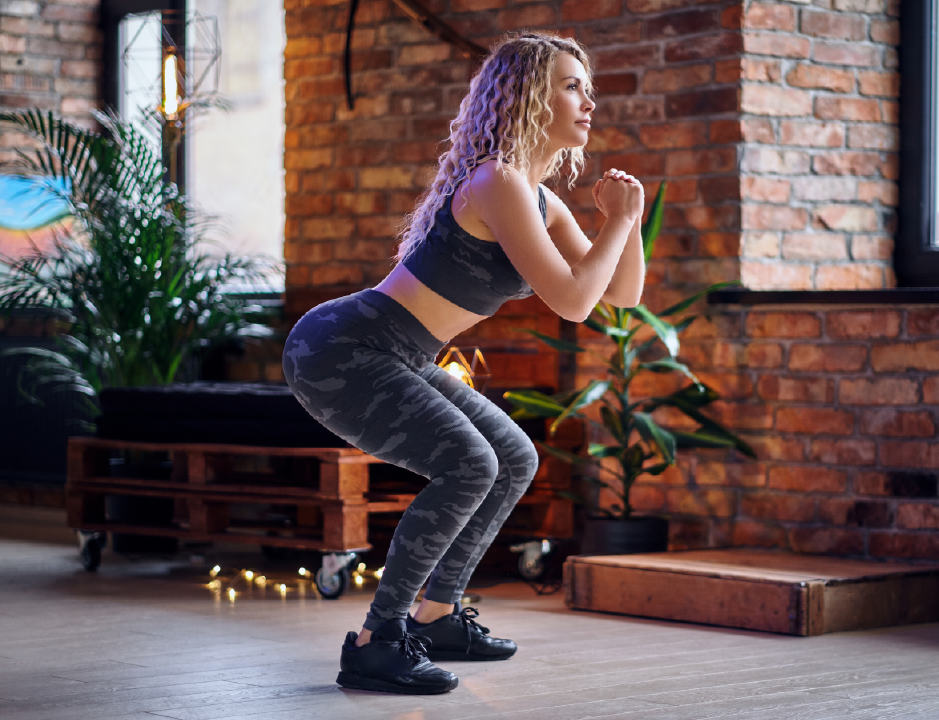
Straight spine, begin from hip and knee extension and descend to hip and knee flexion until your hips are right above your knees. The angle of your belly button to neck should be the same as the angle from your ankle to your knee.
Focus on slight outward pressure on the feet to ensure zero knee valgus (inward dip), and recruit maximum amount of leg muscles.
Local core stabilizers, quads, glutes, hamstrings. Squat is one of the best exercises to evaluate a client’s compensations and limitations.
Rotate
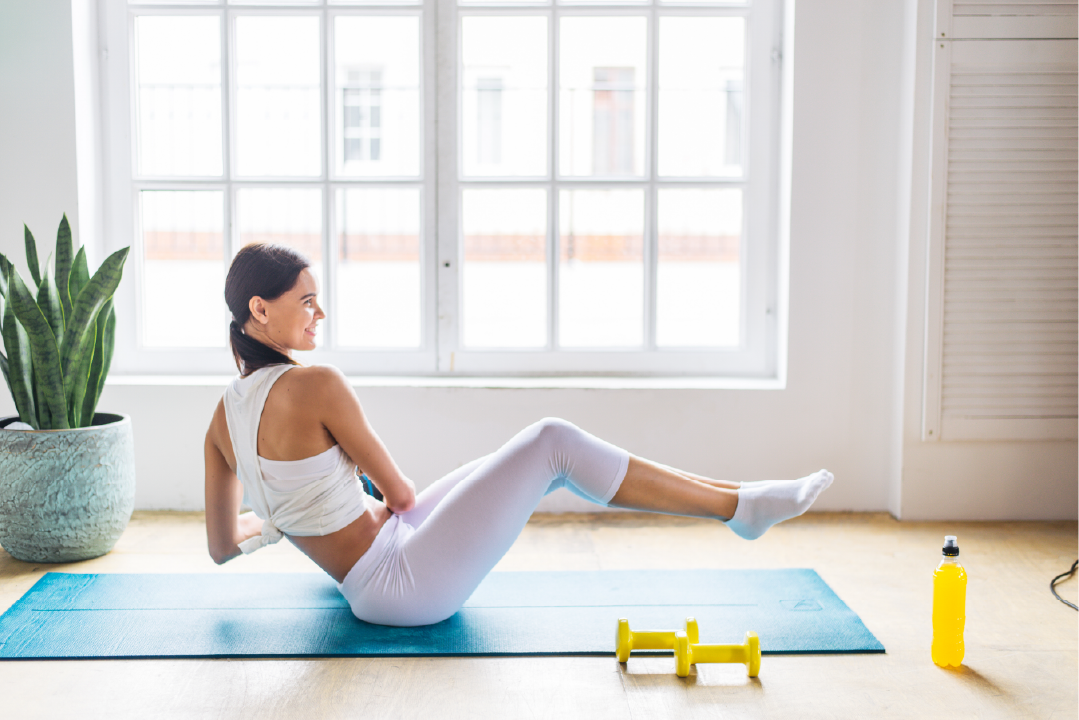
Moving through what is called the transverse plane, anything from the toes to the head can be shifting in a cylindrical fashion. Anything from a golf swing to Russian twist fits under rotation.
Emphasis is typically on thoracic spine movement, with minimal to zero (unless highly controlled) movement below the waist. Often the goal is lower and upper body disassociation, meaning we move them separately.
Core strength is a key as the ability to use or let go of the brace technique is vital, but proprioception and speed are also valued in this range of motion.
Hinge
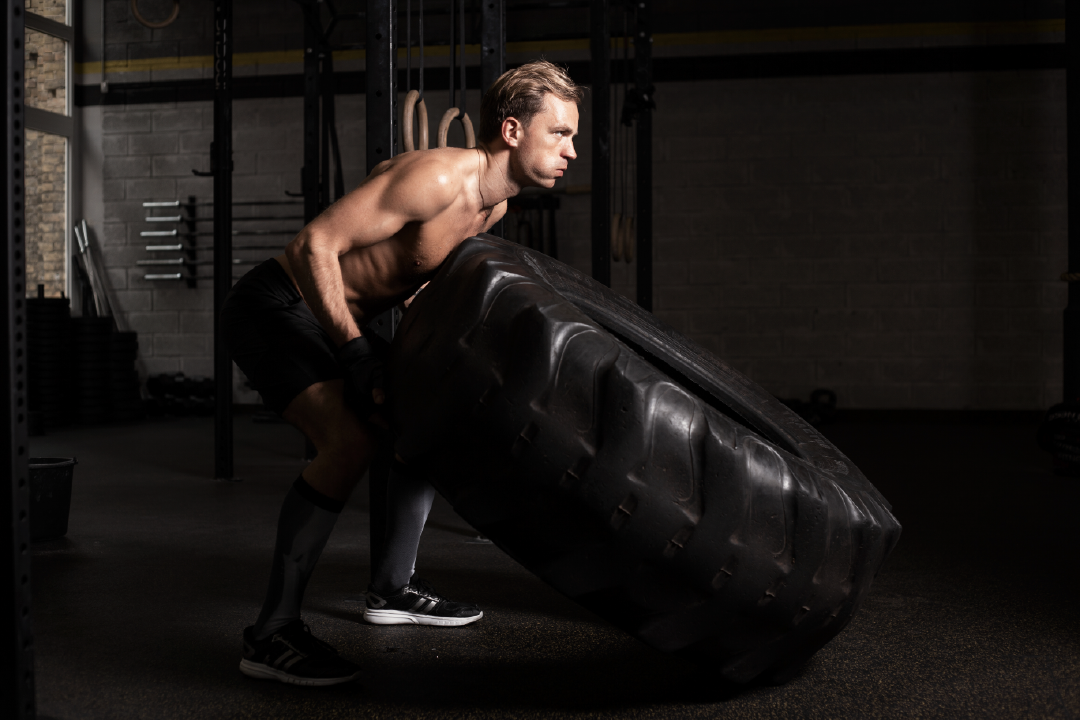
Holding a neutral spine, while moving from hip flexion to extension while simultaneously moving from a slight knee flexion to extension.
Hip drive is the emphasis here, while maintaining neutral spine and relaxing upper body appendages.
Lower body and torso muscle groups engaged, particularly posterior chain.
Now that you have an idea of the Central 7 movements it is time to unpack how you can use a handful of variables to give you endless creativity in movements for your clients.
D.O.T.S
D.O.T.S is an acronym I created to help you quickly recall 4 important fitness factors to stay creative when working with clients or classes; Duration, Objects, Tempo, Stability.
Using D.O.T.S and fusing together Central 7 movements will give us endless exercise options, and the ability to think quickly. First, decide which one of the Central 7 movement types, or combinations, you are going to focus on. Then pick out any exercise that comes to mind and put it into the D.O.T.S formula. For example let’s choose “Squat” from the Central 7, and Front Squat as our exercise;
- Duration – 90 seconds
- Object – 20 LB Barbell
- Tempo – 2 seconds up (concentric/positive motion), 2 seconds down (eccentric/negative motion)
- Stability – Normal width-base, feet on ground
Through repetition you can get your mind to always wander to D.O.T.S right after you decide your Central 7 Movement, and particular exercise. Continue to change any of these variables to fit your clients’ needs provided it’s in a safe manner in order to keep your routines creative. Let’s use the same exercise for a client who may be more seasoned in weight training:
- Duration: 20 repetitions
- Object: 70LB Barbell
- Tempo – 1 second up (concentric/positive motion), 3 seconds down (eccentric/negative motion)
- Stability: Standing on a Bosu Ball
Learning More Exercises Overview
- Choose one movement from the “7 central movements” (i.e. Push)
- Pick an exercise that fits into that category (i.e. Bench Press)
- Use D.O.T.S to decide how the exercise will be completed (i.e. D: 10 repetitions, O: 45LB Olympic Bar, T: Explosive Concentric, 2 second eccentric, S: Standard bench position.
Expanding your library of exercises comes down to fusing DOTS with the 7 Central. If you do this properly, you will have no issues programming workouts for your clients.
Read More: How Sweat Workout Will Help Me? Find out more about this fast, fun, creative group fitness workout.


